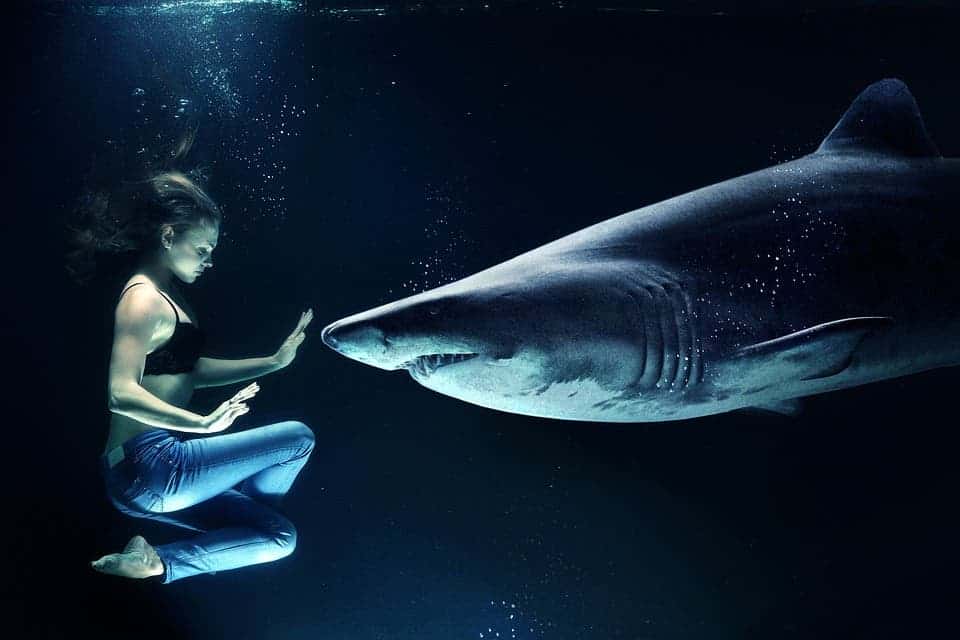
Nowadays, sharks and humans are totally different creatures. Nearly 440 million years ago, however, the two shared a common ancestor, according to American researchers.
The team of researchers at the University of Chicago got their hands on the only specimen of Gladbachus adentatus, a 385-million-year-old shark originally found in Germany. The species was first formally described in 2001 and its name (‘adentatus’) reflects a seemingly toothless jaw. This recent, far more refined analysis of the specimen comprising three compressed sections encased in a slab of resin shows that the ancient shark did, in fact, have teeth.
One of the earliest known fossil sharks
G. adentatus is also extremely useful to evolutionary biologists for a number of important reasons. First of all, its age places it during a sweeping period called the Devonian, which lasted from 416 million to 358 million years ago. During this time, the first four-legged creatures called tetrapods started to colonize the land, eventually branching out into dinosaurs or our primate lineage. It’s marine creatures, though, that used to be in the Devonian limelight — a period also known as the “Age of the Fishes”.
Placoderms (the armored fishes) underwent wide diversification and became the dominant marine predators, the famous ammonites first started to make an appearance, and, perhaps most importantly, there were now two new groups of fish that had true bones and teeth. These were the ray-finned fish (ancestors of most modern fish) and the lobe-finned fish (the accepted ancestors of all tetrapods).
Secondly, G. adentatus had an articulated skeleton which became preserved in resin, in contrast to other shark fossils of which not much other than teeth and some scales can survive the test of time.

The team led by Coates scanned the fossils with high-resolution computed tomography (CT), revealing in the process details of the ancient shark’s gills, jaws, cranium, cartilage, and teeth.
This analysis suggests that G. adentatus is a transitional species between acanthodians (extinct fish that were a mix between bony and cartilaginous species, and which first appeared 50 million years prior, during the Silurian period) and chondrichthyes (cartilaginous fish). As such, G. adentatus helps to unravel a cloudy period that’s poor in the fossil records but also helps researchers arrive at a new estimate of 440 million years since humans and sharks shared a common ancestor,
At the same time, the ancient shark complicates the story of the evolution of sharks and cartilaginous fish. The researchers write in the journal Royal Society B: Biological Sciences that there is evidence “implying repeated and convergent evolution of chondrichthyan-like specializations”.
“Gladbachus offers a glimpse of early chondrichthyan diversity yet to be discovered. Insights offered by Gladbachus and other early chondrichthyans suggest that the morphological disparity in the early members of the chondrichthyan total-group was probably substantially greater than that which is observed in the more-or-less stable shark morphotype which has persisted from the Middle Devonian through to the present. Accordingly, the importance of Gladbachus lies in its apparent morphological incongruence with its phylogenetic position, hinting at multiple paths leading to the modern shark-like body plan,” the authors wrote in the paper.
[ALSO SEE] Mindblowing fact of the day: Sharks are older than trees






